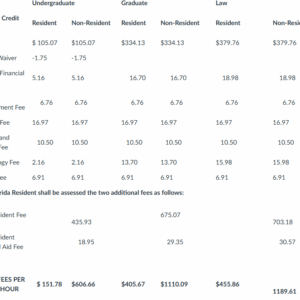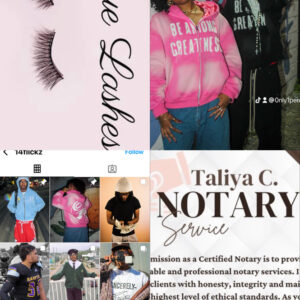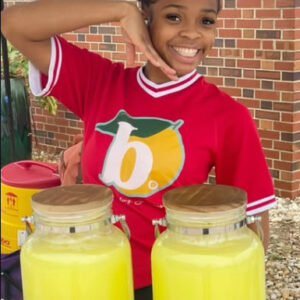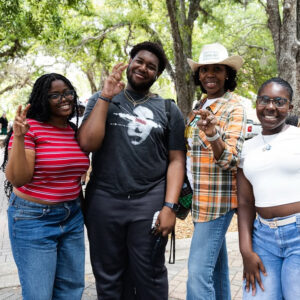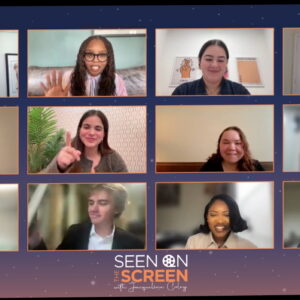Culture | July 21st, 2022
Being Biracial in a Black and White World
By: Kya Cudjo
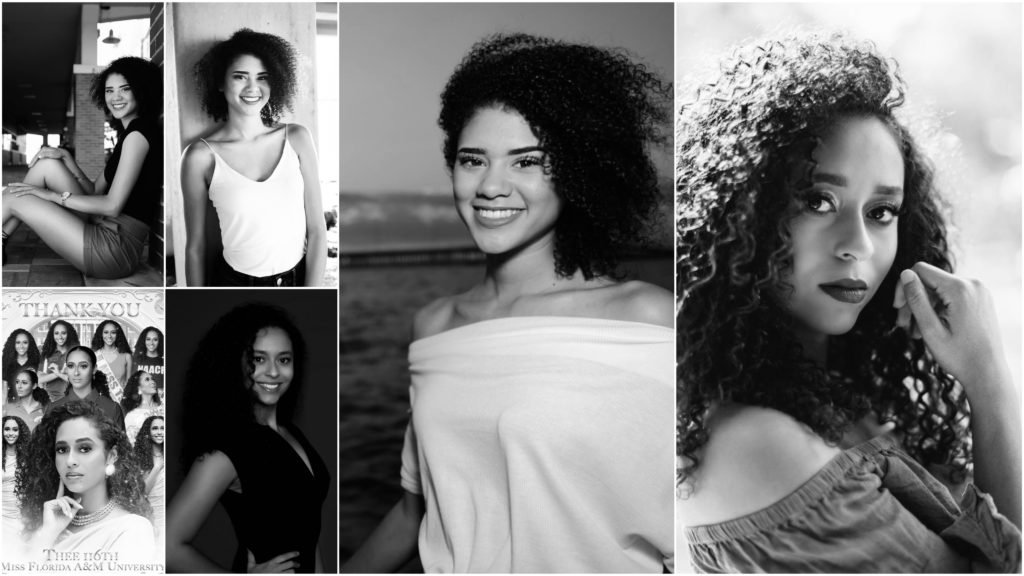
Is it that people are curious about what being mixed race means? Or that the discussion about mixed race identity is becoming more mainstream, and people are becoming more conscious about how they should behave?”
The most googled term when it comes to the topic of being ‘mixed race’ is “mixed race people problems”. As America becomes more racially diverse, the multiracial population hits a growing rate of three times as fast as the population as a whole.
Being biracial is accepting the best of both worlds and the worst of both worlds. A multiracial or biracial person is someone whose parents or ancestors are from two different racial backgrounds. 3.1 million of the multiracial population are 50% White and 50% Black or African-American.
The temperament of the world today, especially politically, encourages people to identify with either ‘pro-black’ or ‘pro-white’. According to multiracial research journal by Sarah E. Gaither, multiracial individuals report that the social pressure of having to “choose” one of their racial groups is a primary source of psychological conflict.
Tiana Price, a biracial woman and new mommy, says she remembers her childhood clearly. Growing up biracial can bring many mental and emotional abnormalities as a child.
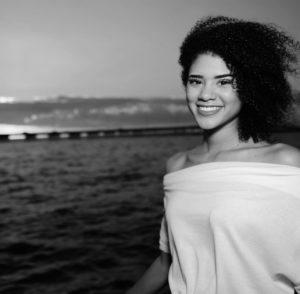
Tiana Price, who identifies as biracial (half white/half black)
“I remember having to raise my hand for help, during school survey’s, on the basic background questions that asked me to bubble in my race or ethnicity,” explained Price. “They always had white, black, hispanic or other, and I have always had to be an ‘other’.”
According to findings from a Pew Research Center survey, 55% of multiracial adults say they have been subjected to racial slurs or jokes about their mixed race identity. About one-in-four have felt annoyed because people have made assumptions about their racial background.
The number one pet peeve biracial people may admit they have, is being asked “what are you?” A question most people would never understand the amount of disrespect that many biracial people feel behind it.
Many Americans are curious when they meet someone who they cannot identify off the naked eye. Their skin is not as bright as a caucasian person, but is not as dark as a Black identified person.
There may even be something unique or different about their hair texture. Majority of Americans, on average, would guess the ethnicity of a biracial person to be somewhere in the hispanic or latin group.
According to a culture piece on mixed-race women and what it’s like to feel black but look white, combining black and white ancestry is about much more than how that DNA affects their skin tone or hair texture.
“The fraught history between the two races can present myriad struggles mentally and emotionally for those grappling with being a blend of both.” stated Brianna Moné. “It becomes intensely personal in a way that’s different from Americans of a single race. “
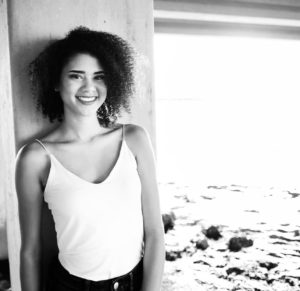
One thing Price says she would tell her younger self if possible, “being different is beautiful.” Accepting the complexion that one is born in may come easy to most, but those who are born into a biracial family may have other challenges. Price says she remembers growing up and having to battle the constant idea of not fitting in. “I was too white for the Black girls and too black for the White girls,” Price stated, “Instead, I hung out with the other few mixed girls at my school, and we became lifelong best friends.”
Aliya Everett, a third year broadcast journalism student and the 116th Miss FAMU, says she feels the exact same way. Everett grew up in Blountstown FL, a predominantly white area, where she was constantly challenged and questioned about her ethnicity. “Some days I’m not accepted by the white people and labeled black, other days I’m not accepted as black and told I’m white.”
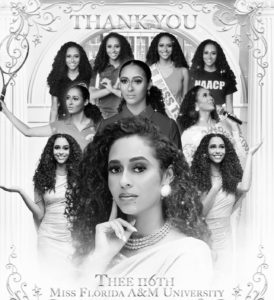
Aliyah Everett, the 116th Miss Florida Agricultural and Mechanical University
Everett is the daughter of an African American man and a German woman. Due to her mother’s side of the family living in Germany, Everett rarely saw her white side and grew up within her black community.
“I’ve never been ashamed of being mixed race, but it was definitely hard to embrace, coming from the community I was raised in.” explained Everett.
Aside from that, being mixed race is a beautiful thing. Biracial people can play a special role in today’s society to mend any bad blood between the different races. Being able to relate to both sides of the spectrum can create a bridge between races, and potentially find common ground.
“Stand for who you are,” said Everett, encouraging other multiracial women to love themselves, and love those who love them. “My campaign for the 116th Miss FAMU position has really helped me understand that people are still hateful for no reason, and we have a long way to go when it comes to equality in America.”

“I love all different shades of women, and have never seen anything but beauty,” said Everett. “I’ve never understood the hate behind color shaming and never will.”
Many young mixed girls today are struggling to find themselves and who they are because of their unique ethnicity. Being different is okay and beautiful. These young girls and women need to know that they do not have to pick a side, and they’re allowed to be proud of all of them.
If you know someone who is battling their place, or struggling fitting in with their skin, Mixed Girl Meetup is a sisterhood movement, which monthly takes place in various cities in the world. For more information, see; www.mixedgirlmeetup.com/
An Instagram page to follow is @mixdgrlprblems for inspiration and quotes to get through a rough day.
